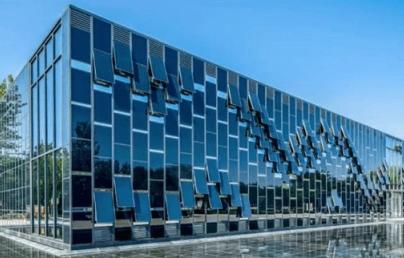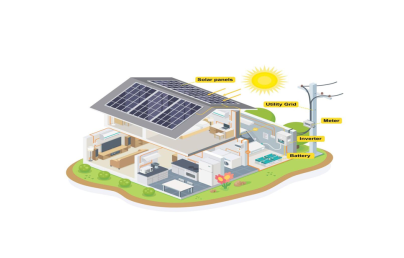
Modernist buildings and energy efficiency

Modernist buildings and energy efficiency
Retrofitting modernist buildings for energy efficiency is challenging but necessary, often requiring careful preservation of architectural identity alongside costly upgrades.
Historically, architecture largely ignored energy efficiency and CO2 emissions until the late 20th century, leading to poor performance in iconic modernist buildings. By contrast, retrofitting efforts in Art Deco structures like the Chrysler Building have significantly improved their sustainability.
Modernist buildings face unique challenges in retrofitting, such as large glass expanses that hinder energy efficiency. Studies indicate CO2 emissions can be reduced by over 55% with appropriate upgrades, though these are costly and often require financial support.
A notable example is the Grand Parc renovation in Bordeaux, which successfully improved energy efficiency while preserving the building's original character.

